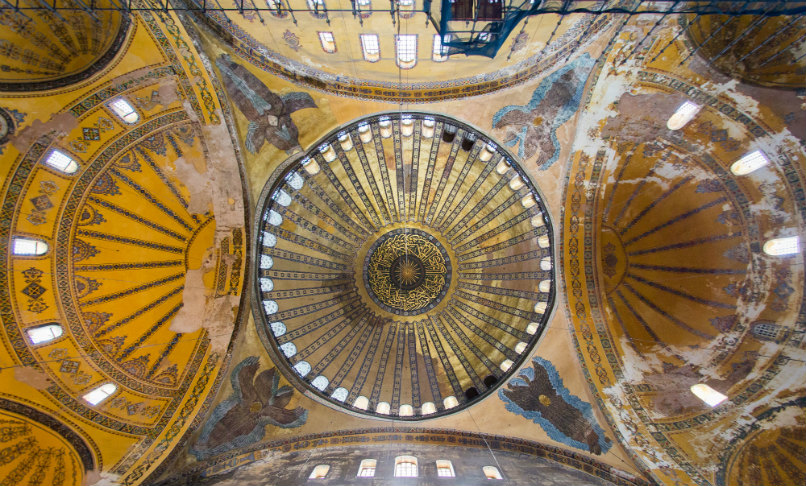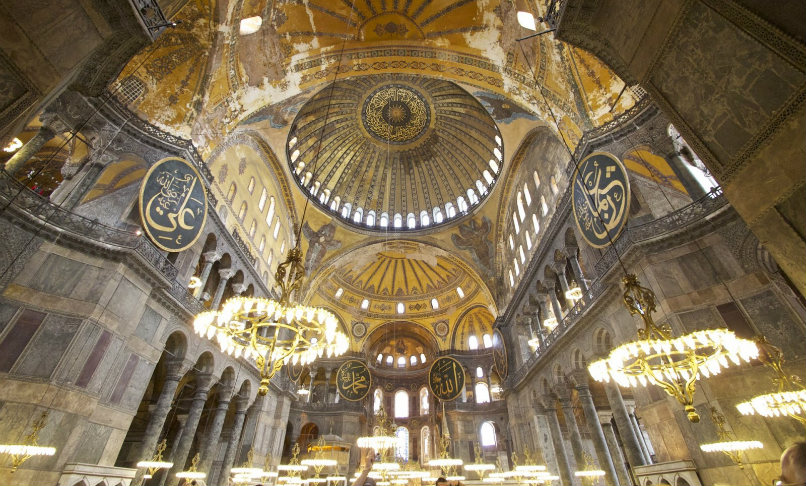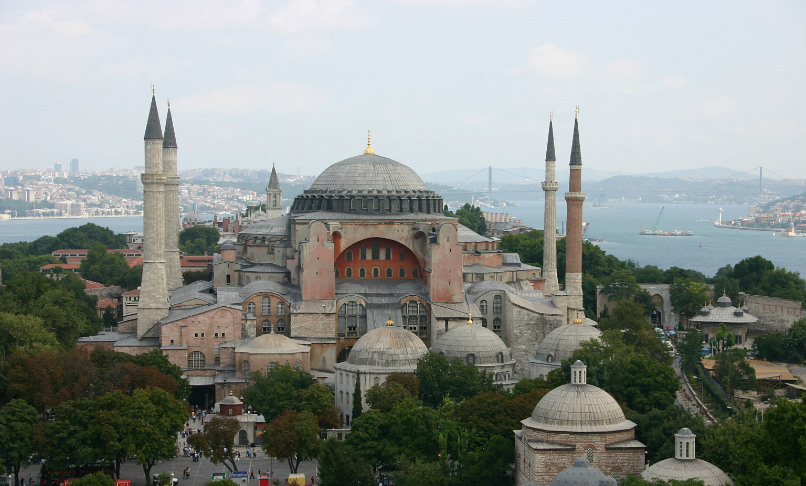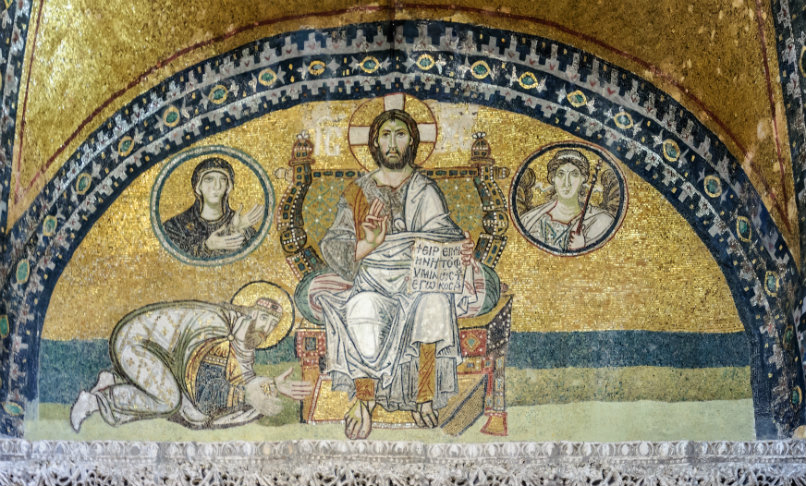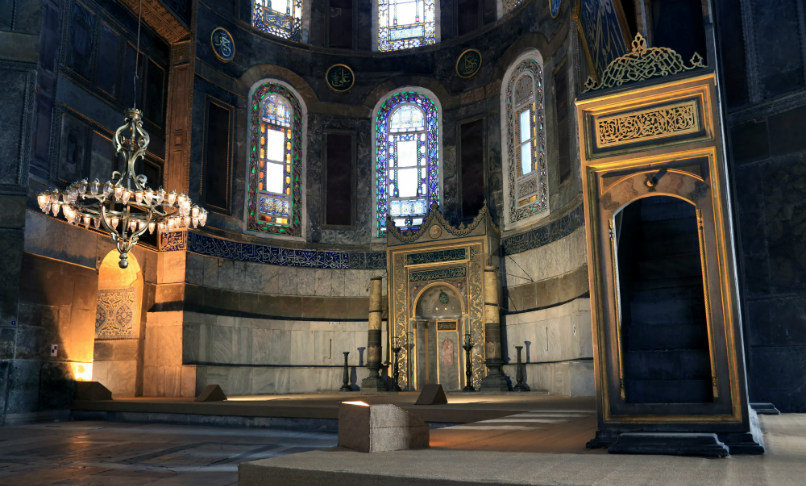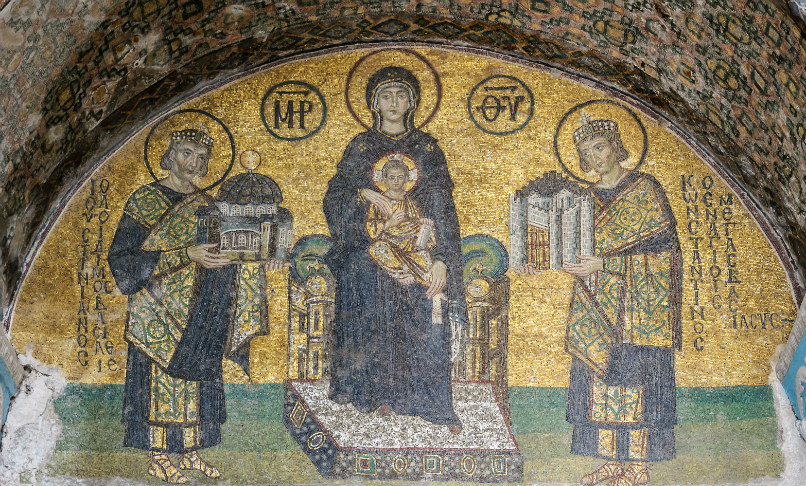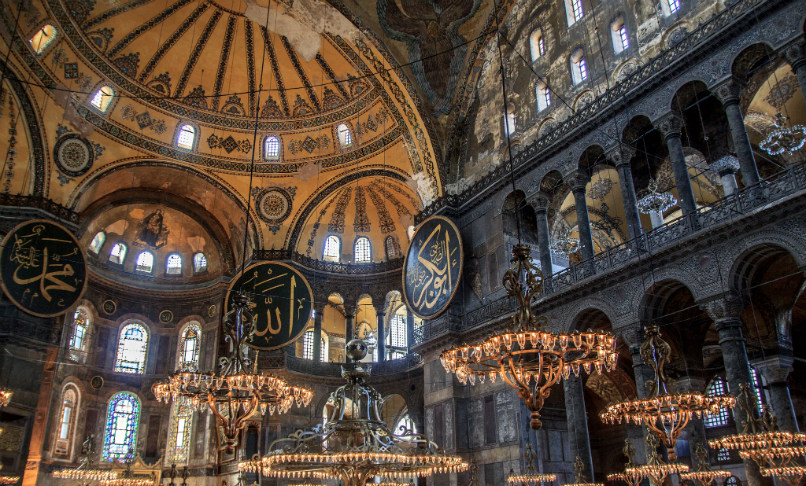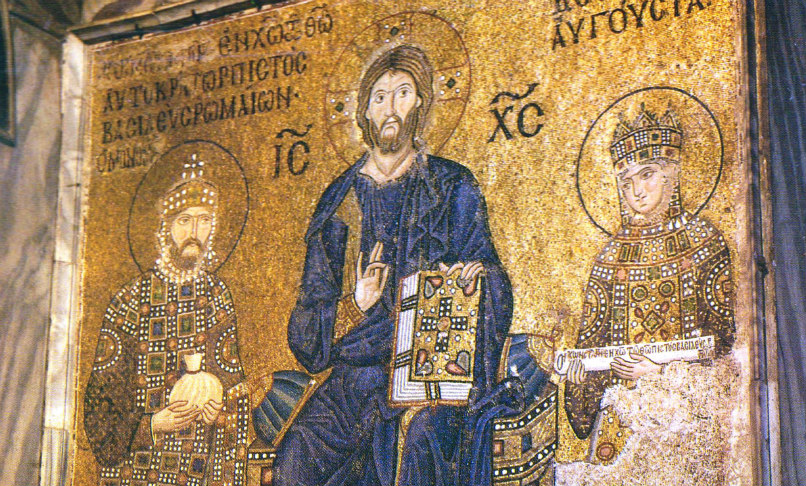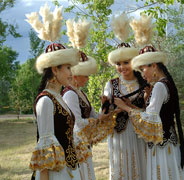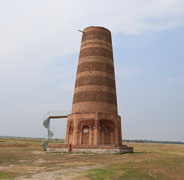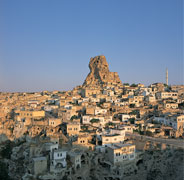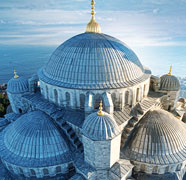Hagia Sophia Museum
Hagia Sophia (Ayasofya Müzesi), one of Istanbul’s most breathtaking landmarks, was a Greek Orthodox Christian church, later an imperial mosque, and is now a museum.
From the date of its construction in 537AD until 1453, when Istanbul was conquered by the Muslim Ottomans, it served as an Eastern Orthodox church during the Byzantine Empire, except between 1204and 1261, when it was converted by the Fourth Crusaders to a Roman Catholic cathedral under the Latin Empire.

